Mobile apps have become part of our everyday life. From streaming music to ordering food, they make daily tasks simple and convenient. Simply put, mobile apps have changed how we interact with businesses and products.
Today, there are over 5 million apps in app stores, and this number is growing every year. But not every app succeeds. To stand out, businesses must follow new app technologies and focus on user needs.
Using new tech like AI, AR/VR, IoT, 5G, and cloud tools helps build engaging iOS and Android apps. These technologies allow apps to deliver smooth interactions and seamless experiences.
These tools make it easy for users to connect with businesses and enjoy smoother daily routines.
Following new app trends helps your apps stay useful and up to date. A well-built app becomes part of daily life — from streaming to shopping and scheduling.
15 Striking Mobile App Development Trends for 2025
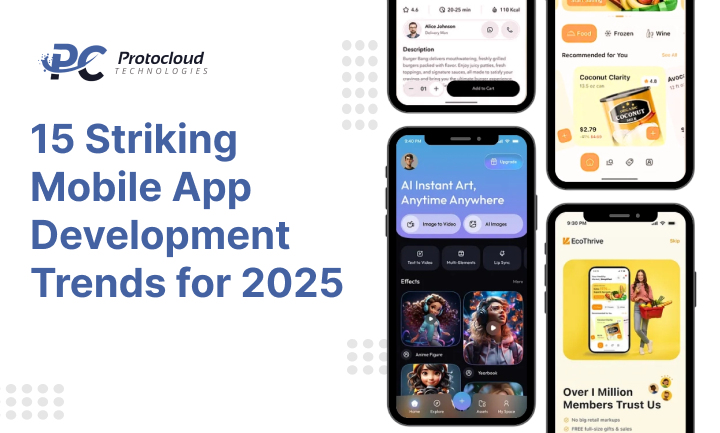
With fact-based research, here is a comprehensive list of mobile app development trends for 2025. We have divided them into UX app design trends, iOS and Android app development trends, and future app development trends. This guide helps businesses and developers stay ahead and build apps users love.
UX App Design Trends
-
Double Down on Motion Design
Plain designs often lose attention. Motion graphics make apps fun and interactive. Features like animated scrolling, interactive icons, and macro interactions make apps more engaging. For example, Appinventiv added motion design to Domino’s app, increasing conversion rates by 23%. Motion design saves time and makes the app feel effortless to use.
-
AI: The Mainstream Design Tool
AI is changing how apps are designed. It helps create layouts automatically and speeds up the design process. Machine learning helps designers test faster and avoid big mistakes.AI mimics human decision-making to create consistent results. It can also generate multiple landing page versions in minutes, improving creativity and productivity
-
Smart and Inclusive UX App Designs
Users want apps that include everyone. Inclusive design focuses on accessibility and diversity. The survival game Rust, for instance, randomised player skin colours to represent all demographics. Inclusive apps attract more people and boost engagement. Accessibility-focused designs also attract more loyal users.
-
Touchless UI
With features like gestures and face ID, users can use apps without even touching the screen. Some apps even track eye movement for scrolling. Touchless UI is popular in finance and payment apps as a secure method. This trend creates faster, safer, and more interactive mobile app experiences.
-
AR/VR App Interfaces
From simple designs to advanced AR/VR app interfaces, UX is evolving rapidly.XR brings new life to gaming, shopping, and learning apps. AR and VR make apps immersive, interactive, and visually appealing. This trend boosts user engagement and keeps users interacting longer.
iOS and Android App Development Trends
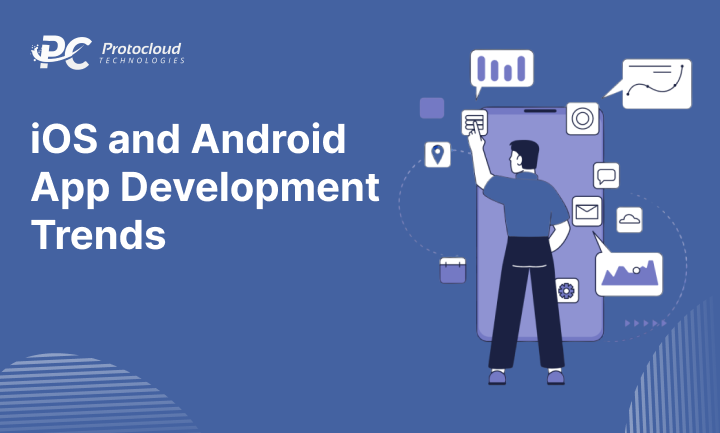
-
Camera-Focused Mobile Apps
Camera-based apps are growing fast because of remote work and social media use.Video calls, streaming, and social apps now take most of our screen time. TikTok has 1.7 billion users, projected to reach 2.25 billion by 2027. Apps using camera tech target entertainment, broadcasting, and social niches. These apps provide highly engaging mobile app experiences.
-
Low Code/No Code Development
Low-code tools help anyone — even without coding skills — build apps quickly. Tools like Zapier offer plug-and-play features that save time. These platforms enable the efficient development of interactive apps. he low-code market may hit $65 billion by 2027, making it a key part of future app creation
-
Audio-Based Social Media Apps
Audio apps are growing fast alongside video apps. Clubhouse, with 10 million users, allows spontaneous voice conversations.This audio trend is moving beyond normal social media apps. It offers fresh mobile app experiences and will enable users to interact naturally.
-
Customised Apps for Foldable Devices
Foldable phones such as Samsung Galaxy Fold are changing how developers build apps. Global shipments of foldable smartphones are expected to exceed 50 million units.Apps built for foldable and wearable devices give users better multitasking and easier control. This opens new opportunities for developers.
-
Predictive Analytics
Predictive analytics uses AI to guess what users will do next and improve suggestions. Netflix recommendations show how apps suggest content based on past interactions. Predictive analytics is quickly becoming a must-have for modern apps. Apps can deliver personalised content and product suggestions, improving customer engagement and retention.
-
Extended Reality (XR)
Extended Reality (XR) combines AR and VR to create immersive experiences. XR is popular in gaming, training, and onboarding. It improves engagement and learning. Experts say the XR market could hit $52 billion by 2027 — showing how fast it’s growing. AR and VR are changing how brands market products and engage users
-
On-Demand Apps
The on-demand market is growing fast, reaching $335 billion by 2025. That’s why on-demand apps are trending. Apps offer instant services like food delivery, ride-hailing, and professional services.On-demand apps make it easy for businesses to reach users quickly and grow faster. Partnering with a trusted mobile app development company in Houston accelerates results.
-
5G Technology
5G offers faster speed, smoother streaming, and stronger connections. Apps can handle complex, interactive, and data-heavy tasks easily. 5G enables innovative mobile app experiences, transforming industries and giving businesses new ways to connect with users.
-
Beacon Technology
Beacon tech uses Bluetooth to send nearby users alerts, offers, or messages. Beacons send offers or alerts to nearby users based on their location. The global beacon market is projected to reach $31.61 billion by 2026. This technology enhances user engagement and opens creative opportunities for app developers.
-
Chatbots
Chatbots, powered by Natural Language Processing (NLP) and AI, are set to become the leading customer service channel by 2027. They provide real-time support, tailored responses, and interactive experiences. Smart chatbots make support faster and keep users happy.
-
Cloud Computing
Cloud computing lets apps store and share data safely without slowing your phone. Businesses can store and process data remotely, reducing device load. Cloud platforms enable seamless updates, multi-device access, and smooth team collaboration. Apps using cloud solutions deliver resource-efficient, data-driven experiences and stay competitive in a highly saturated market.
Bottom Line
The mobile app world will see huge growth and new ideas in 2025. Businesses are witnessing a shift in how apps are developed, deployed, and experienced by users. Staying up to date with the latest 2025 mobile app trends is crucial for any organisation aiming to stay competitive.
New trends like blockchain, gaming, and metaverse-style apps are changing the way mobile apps are built. Fast-moving companies can use these trends to attract customers, boost sales, and work smarter.
Why Businesses Must Stay Competitive

The pace of innovation in the mobile app development industry is fast.Ignoring new app trends means losing ground to competitors. Staying ahead involves:
-
- Monitor the latest 2025 mobile app trends regularly
- Work with a trusted app development team like Protocloud.
- Adopting emerging technologies such as blockchain, AR/VR, and P2P integration.
By staying updated, businesses can stay ahead and build better mobile experiences.
How Protocloud Can Help
At Protocloud, we specialise in meeting your mobile app development needs. Our expert team builds apps that attract users, grow your business, and run smoothly.
Benefits of working with Protocloud include:
- Expertise in the latest 2025 mobile app trends.
- We build custom apps for gaming, peer-to-peer platforms, and virtual experiences.
- Efficient project delivery, reducing time-to-market.
- We use blockchain to make your app secure and reliable.
With our guidance, businesses can create apps that stand out in a highly competitive market and deliver measurable results.
FAQs on Mobile App Development Trends
Q1. What are some notable trends in mobile app development?
A. Notable trends in mobile app development include artificial intelligence (AI), extended reality (XR), and blockchain technology. 5G technology supports faster apps, while IoT integration connects devices. Cloud-based solutions allow scalable apps with real-time updates. These trends are shaping mobile app development projects for 2025.
Q2. How can these trends impact mobile app development projects?
A. Mobile app development projects benefit significantly from these trends. AI creates personalised app experiences, while XR and AR add immersive features for gaming, e-commerce, and training apps. Blockchain technology improves security and transparency. 5G and IoT enable faster, more interactive apps. Using cloud-based solutions makes apps scalable and easier to maintain. These design considerations and development strategies enhance the user experience.
Q3. What steps can businesses take to stay updated on these trends?
A. To stay updated on mobile app development trends, follow industry news, blogs, and attend conferences or webinars. Engage with professional networks and collaborate with an experienced mobile application development company in Melbourne. This helps implement emerging technologies effectively and build better apps. Trying new tools like AI, XR, and cloud tech in real projects helps businesses stay ahead.

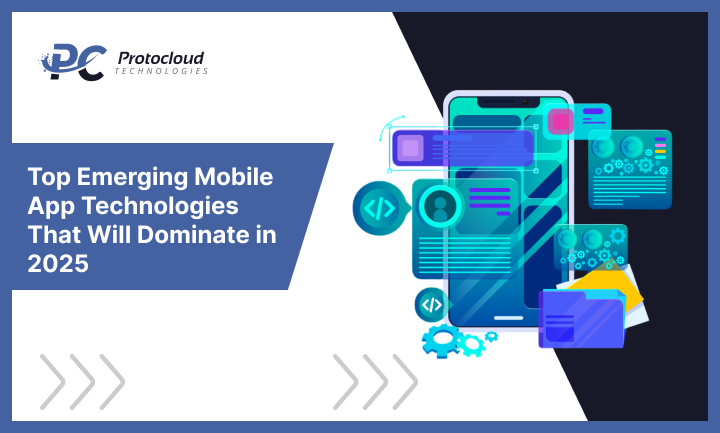

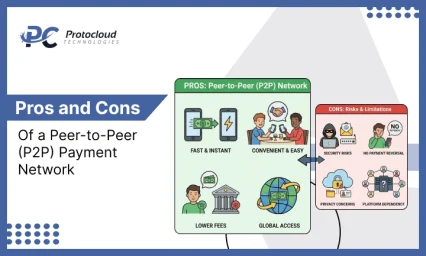

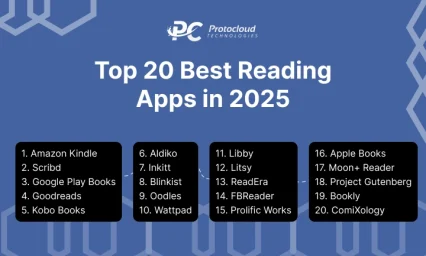
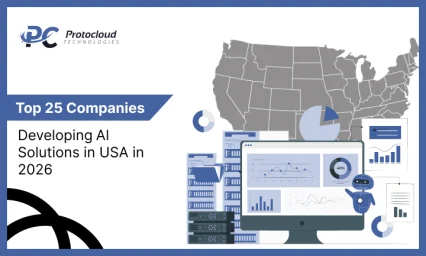



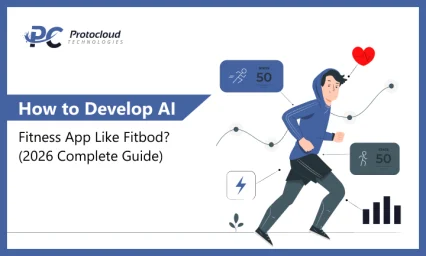
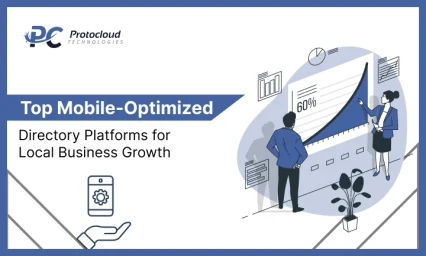
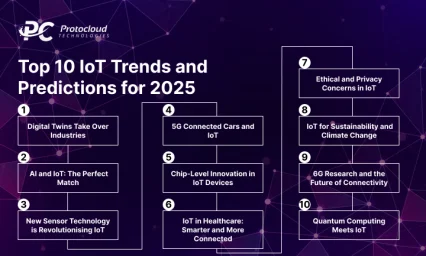


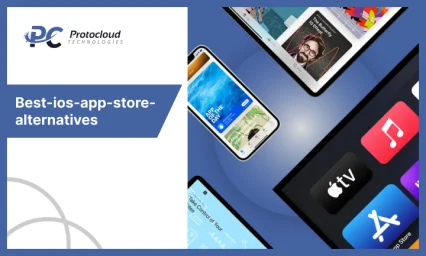
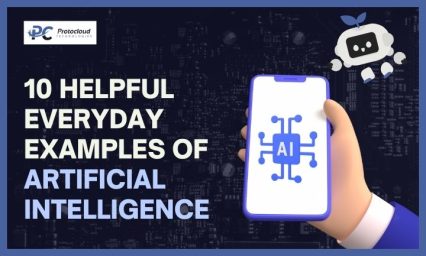
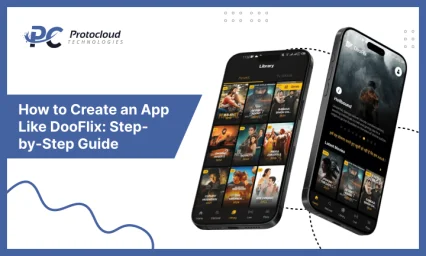
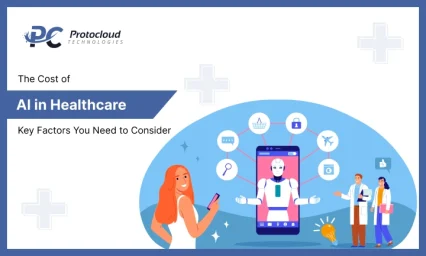

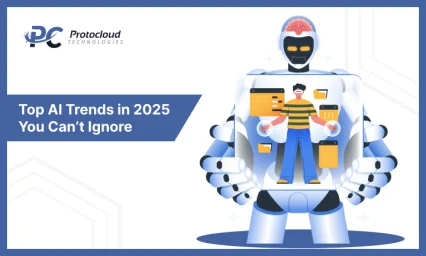
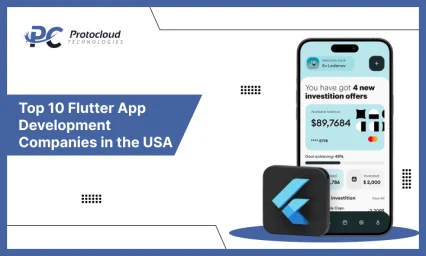

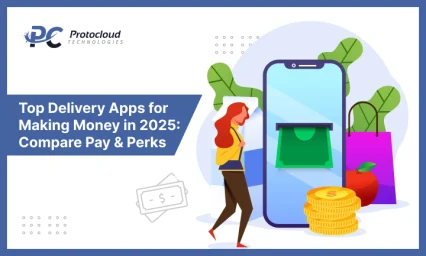

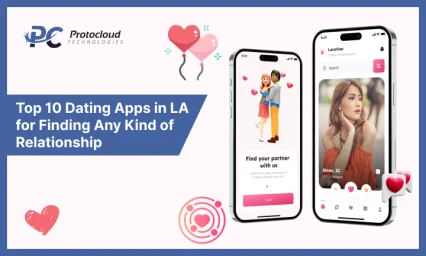
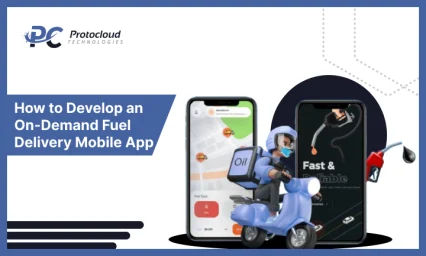
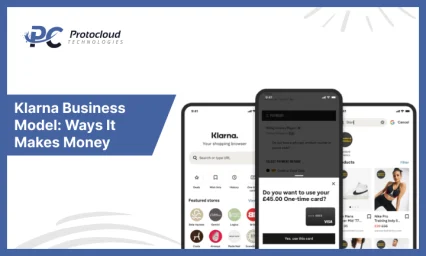
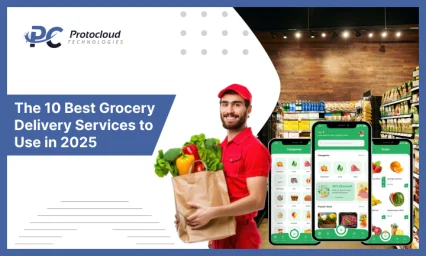
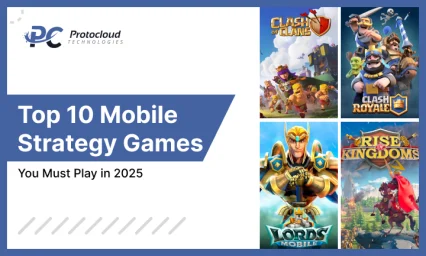





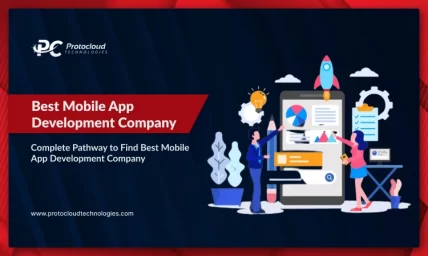
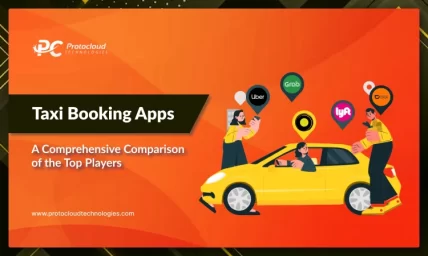
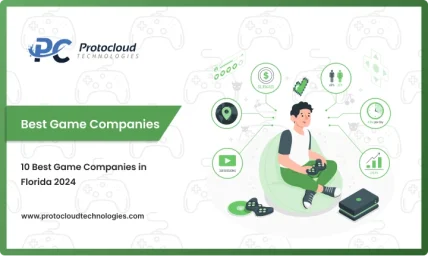



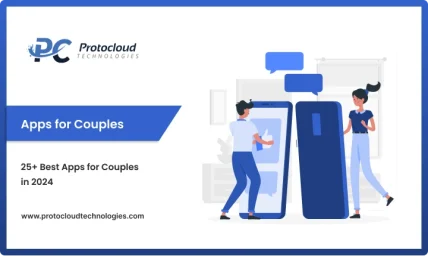

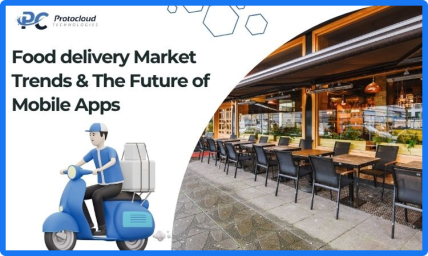
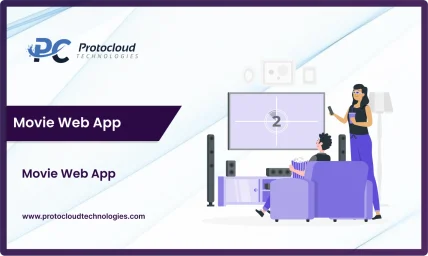

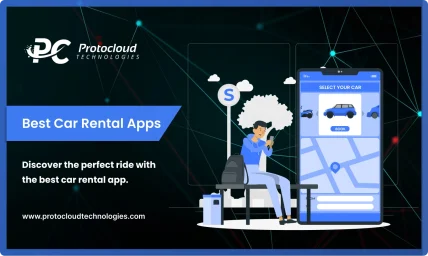


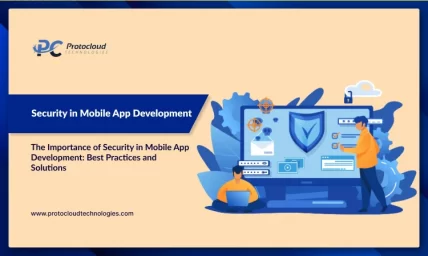
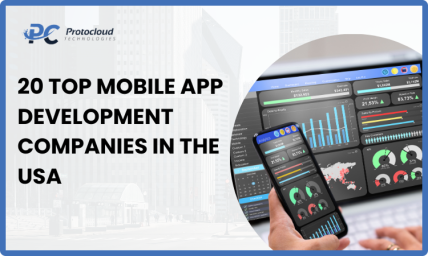

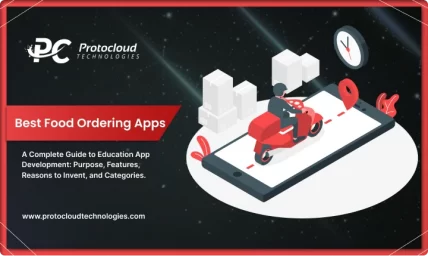




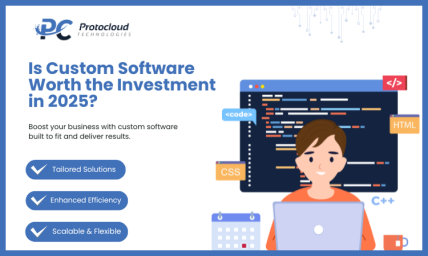

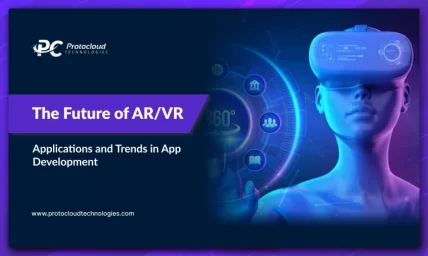
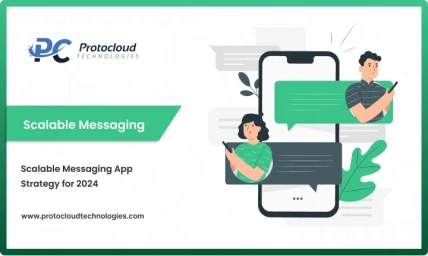
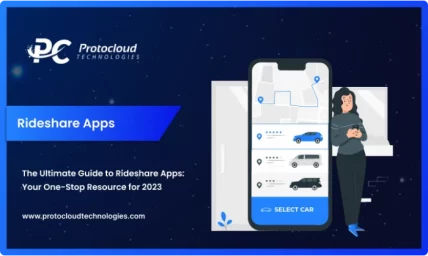
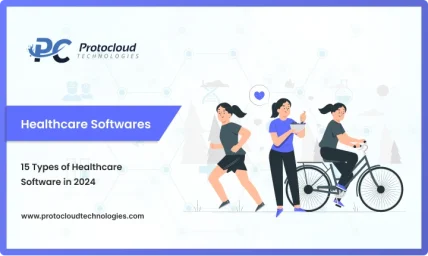

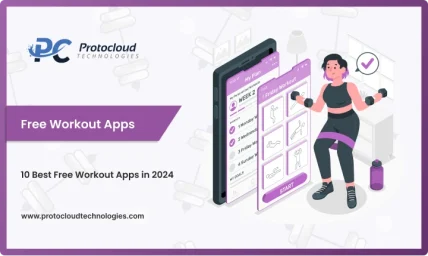

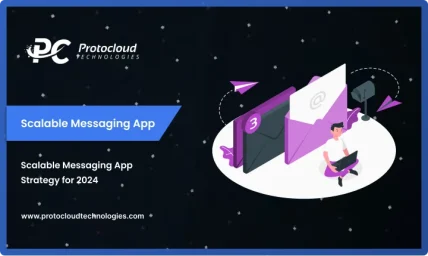

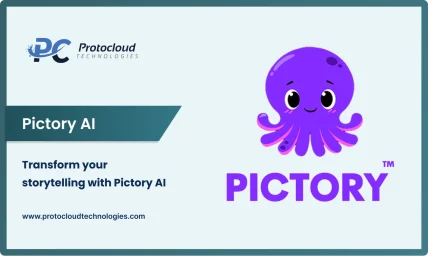

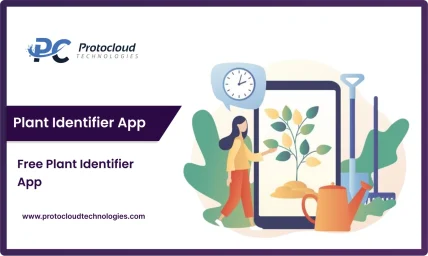
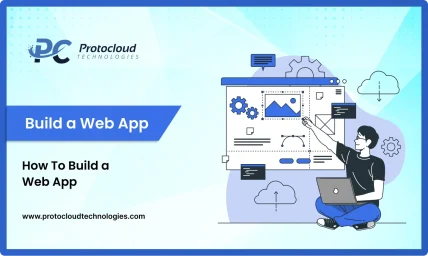

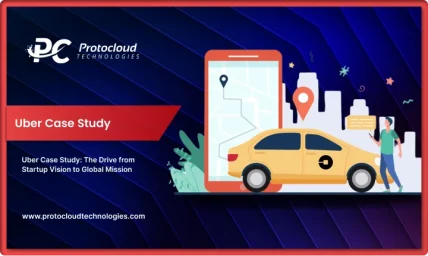
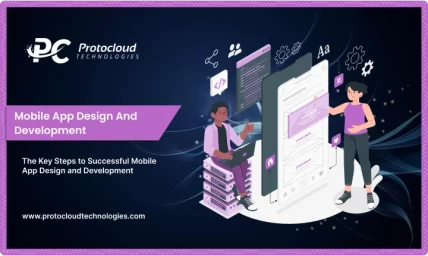
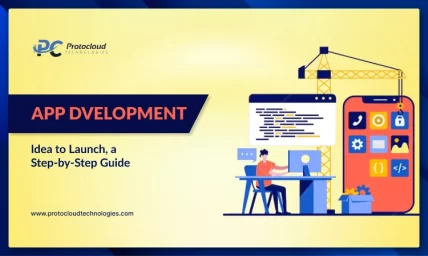

Leave a Reply